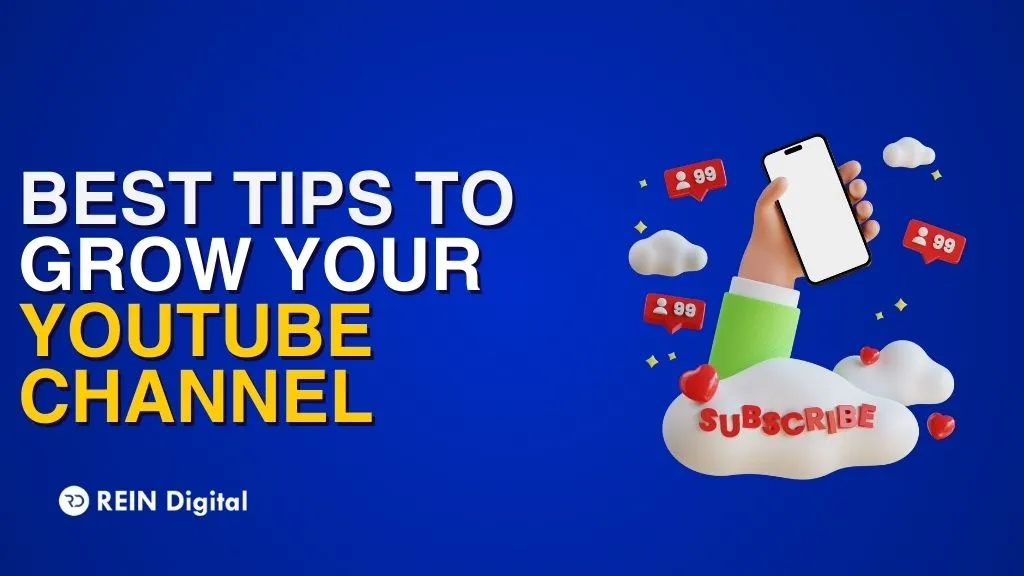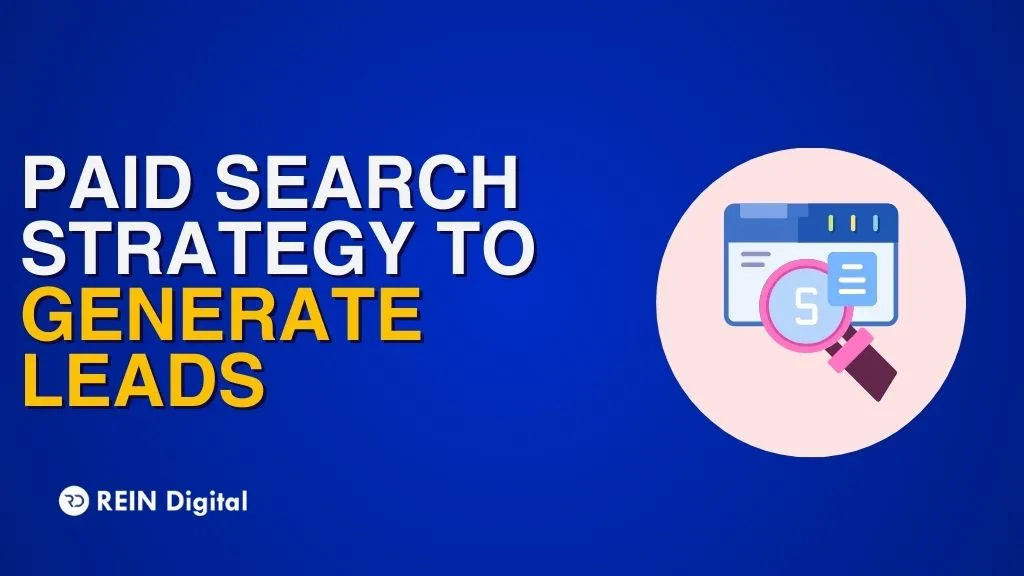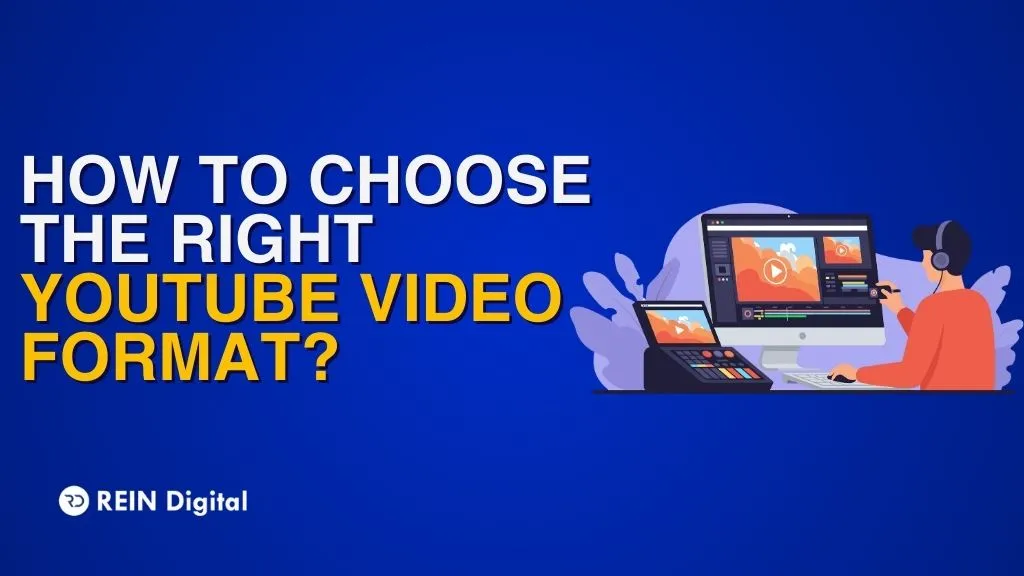
The reason to know the best time to send an email has an ultimate motive of creating traffic to your blog post and wanting more opens and click-throughs. All of this helps create audiences that will help in sharing your content resulting in more subscribers, customer conversions, and readership.
Scheduling an email:
One of the easiest ways to send an email is to schedule them with a marketing platform to help you be organized and not boggling over sending an email on time. Scheduling helps in being organized equipping you with new email integrations.
- It provides easy connectivity with the preferred email platform by CoSchedule through a couple of clicks.
- Optimize and create click-worthy email subject lines to drive more opens and conversions.
- Make email strategies/marketing easy relating to email campaigns with quick adjustments if necessary.
Listed below are the top 5 points to help schedule your emails better:

1. Best day to send an email:
Yes, you read it right! There are three best days for you to send an email to help get better readability and clicks according to the reports of the email marketers.
Tuesday:
Tuesdays are known to top the list of most email marketers with major counts of emails opened on Tuesday.
Thursday:
If you are to send two emails, Thursday could be the best day for the second day.
Wednesday:
Amongst the other days, Wednesday tops the list after Tuesday and Thursday according to the email marketers.
2. Best time to send an email:
10 a.m:
According to the studies, late-morning is the most popular and the best time to send emails. While sitting in, sipping your tea, the first thing the majority of the people would do is check for emails.
8 p.m:
Did it come to you as a surprise? I bet. However, this is likely as most people click and check on their email before they go to bed ensuring no misses or urgent messages.
2 p.m:
Looks like you sending an email this late in the day might perhaps work. People by 2 pm are generally on their lunch breaks, in their work mode, or are looking for distractions.
6 a.m:
This might make sense. As half of the world might prepare to sleep at this hour, we have a certain percentage who begin their day by checking their emails in bed as soon as they wake up. Strange? Not really!
3. Know your audience:
Irrespective of all the best days and times mentioned above, the primary deal is to understand and know your audience. Imagine living in India and trying to send across an important email to the US, would it work? Of course not, we live in different time zones! Therefore, even before you hit the send button, you must know where the email is to deliver and work accordingly.
4. Analyze your emails:
- Test for the best time and date for your audience
You could check for your audience by scheduling a timetable to follow by sending emails at the same time for a couple of weeks, and test the results based on the number of clicks and opens. This will help you determine the best date and time as per your target audience, further enhancing the traffic on the website. - Measure the success rate
To understand the clicks, reads, and traffic on your email you must measure the success rate. Simply go to Google Analytics custom report > click on email > click through to see the best days, enter data range for email test, and filter referrals for email traffic. Here, you'll be able to statistically measure your success rate or the percentage of the traffic pulled on the website.
5. Modify the subject line:
When you open your email in the inbox, what strikes you first? A catchy phrase that connects, or a subject line that kicks in no excitement to click on?
It’s quite given, most of the customers tend to pick on emails with attractive subject lines that bring in the urgency of opening the email. Therefore, opens might lead to click-throughs, but, opens from an email with a catchy subject line leads to customers exploring your website, helping with the reach and traffic. So, what would you prefer, clicks over the traffic or visa-versa?
Also, keep the following points in mind while typing a subject line:
- Use an inspirational headline. For instance, ‘How to make {Subject} that will {Benefit}.’
- What’s in there for the subscribers? Like, 5 reasons why you should {Subject}.
- The transformation the audience will witness when they open the email. For example, ‘How {Name/Company} got {Number/Desirable Outcome} In {Number Of Days}’
- Make the subject line unique, standing out from the clutter of the inbox. For instance, {Subject}, {subject}, and {unrelated subject}?
- Drive in a sense of urgency, ‘Stop {Undesirable Current State} now’
- Make the subject line sound fresh, ‘Finally! {Company} releases {subject}’
Pro tip : The subject line only displays to a certain length in the inbox channel. So, make sure to add the catchy dips into the first half of the line.
To Conclude:
As easy as it may sound, we will all agree that writing an email is one of the most crucial parts of any field. Therefore, this makes it even more essential for us to understand the date, times, and ways to make the customers viewing the email take the effort to click on and read. Not just that, how will it help in the engagement and traffic on the portal. So, have you started already?














